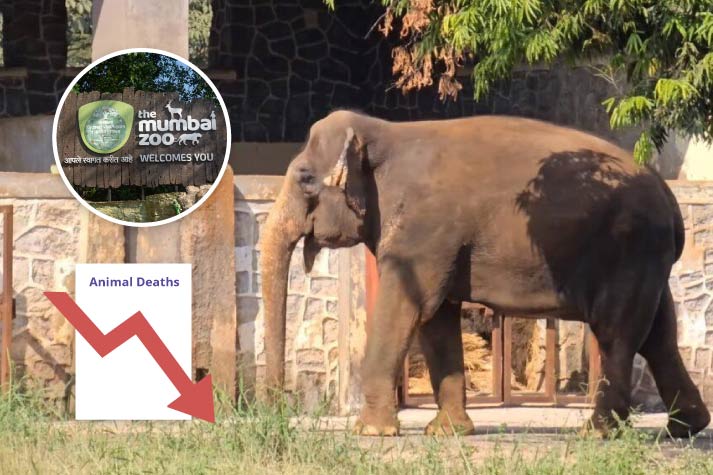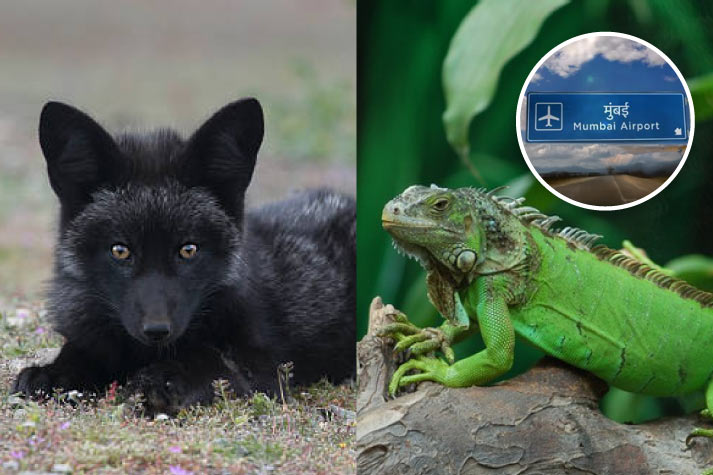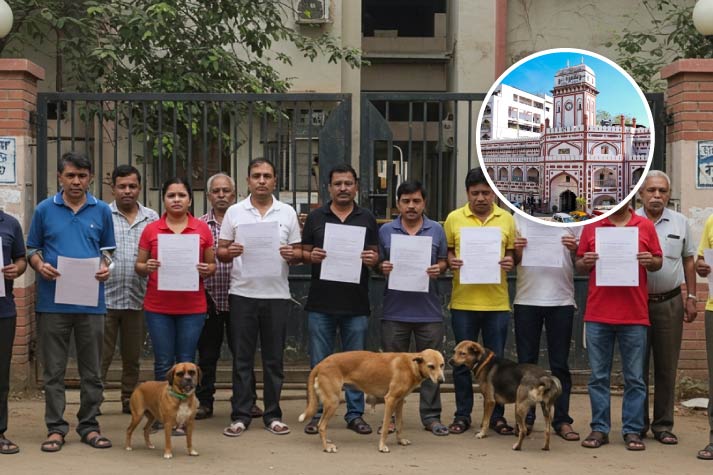
08 Jul
Byculla Zoo Sees Sharp Drop in Animal Deaths, but Challenges Still Remain
Mumbai’s iconic Veermata Jijabai Bhosale Botanical Garden and Zoo, better known as the Byculla Zoo or Victoria Gardens, has long faced criticism for its ageing infrastructure and animal welfare standards. However, recent data suggests a significant turnaround in animal care, with deaths at India’s oldest zoo dropping sharply over the past five years; a sign that ongoing reforms may finally be bearing fruit.
Dramatic Decline in Animal Deaths
According to figures obtained under the Right to Information (RTI) Act by activist Godfrey Pimenta, annual animal deaths at the 162-year-old zoo plummeted from 70 in 2019-20 to just 25 in 2024-25, marking a dramatic 64% decrease.
Spread across 22 hectares, the zoo currently houses 390 animals representing 31 species of mammals, birds, and reptiles. A senior civic official attributed the falling mortality rates to a more “stable population” following the introduction of younger animals and the gradual phasing out of older residents.
“For decades, we weren’t getting new animals. Most of the earlier deaths were due to old age. Now, with new species arriving and breeding improving, we’re seeing a stabilised age profile,” the official said.
Costly Upgrades Drive Change
This transformation has not come without substantial investment. Since 2018, the Brihanmumbai Municipal Corporation (BMC) has spent nearly ?200 crore on a phased revamp of the zoo, introducing state-of-the-art enclosures and improved living conditions.
The lion enclosure alone cost ?8.25 crore, while ?7.15 crore was allocated for a wolf enclosure and ?3.82 crore for an otter habitat. Spaces for reptiles, birds, and crocodilians have also been upgraded.
Despite these improvements, the zoo continues to face criticism over its high maintenance costs, especially regarding the Humboldt penguins; an expensive species whose suitability for Mumbai’s tropical climate has been questioned.
Animal Welfare Practices See Improvement
Animal welfare activists like Nilesh Bhanage, founder of the Plant and Animals Welfare Society (PAWS), recall the zoo’s troubled past. “Earlier, animals were kept in 10x10 metal cages. Elephants were kept in solitary enclosures, with mirrors placed inside to create the illusion of companionship,” he said. The last elephant at the zoo, Anarkali, died of old age earlier this year.
Since then, Bhanage acknowledges visible improvements: “Today, animals live in enclosures that replicate their natural habitats. Penguins live in controlled environments, primates have trees to climb, and carnivores have space to move.” He also noted the adoption of enrichment practices, such as hanging meat on trees for lions to simulate a hunt and providing swimming pools for otters.
Enrichment and Nutrition Take Center Stage
The zoo has also diversified its feeding routines. “We introduced seasonal and varied diets to improve nutrition,” an official explained. Such enrichment, now a global standard in zoos, is designed to keep captive animals mentally and physically stimulated.
Missing Species and Declining Numbers Raise Alarms
Yet, not all developments are positive. The RTI data also highlights concerning declines in some species’ populations. The number of Night Herons has dropped from 96 to 42, barking deer from 19 to 10, and all 35 Budgerigars have disappeared from the records. “These variations can happen with flock species or due to natural attrition. It’s not always easy to determine exact causes,” the official said, though no clear explanation was given for the missing birds.
Calls for Greater Transparency and Oversight
Bhanage cautioned that while infrastructure has improved, overall care standards and transparency still require attention. “What’s missing is an independent mechanism to monitor animal health and welfare — beyond municipal oversight.”
As Byculla Zoo continues its transformation, the marked reduction in animal deaths is a promising sign. Still, the disappearance of certain species and ongoing questions about care standards suggest that the journey toward world-class animal welfare is far from complete.





AUTHOR’S BIO
Carry My Pet
Passionate pet enthusiasts and globetrotters, dedicated to easing furry friends' journeys worldwide. Penning tales of compassion at CarryMyPet, where every relocation is a tail-wagging adventure.